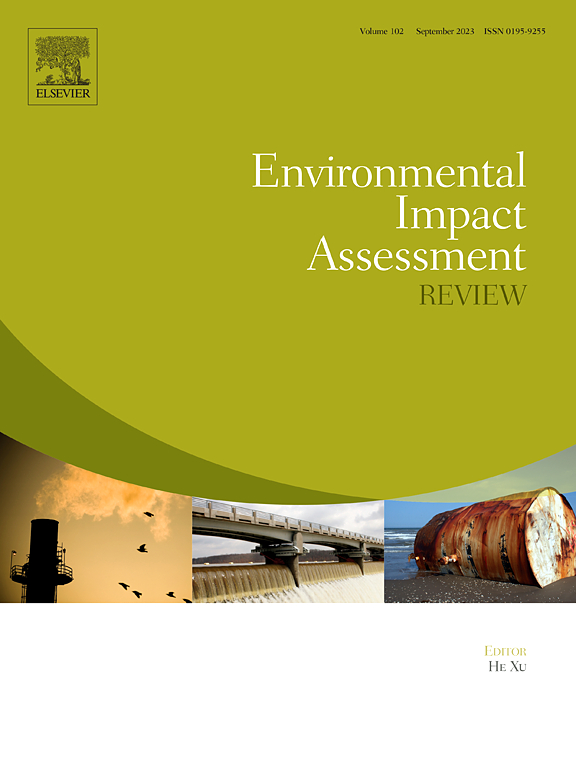Environmental, social and corporate governance (ESG), as one of the guarantee systems for improving the construction of a beautiful China, has an impact on regional environmental management). Clarifying the coupling coordination relationship between the environmental performance of regional administrations and the ESG performance of listed enterprises may help achieve high levels of ecological preservation and economic growth. This study employs three methods to measure the degree of coordinated coupling between the environmental performance of regional administrations and the ESG effectiveness of listed firms. The methods used are the Dagum Gini coefficient decomposition method, the model of coordinated coupling, and the geographic Kernel density estimation method. The findings show that: (i) there is an overall higher trend in the level of coordinated coupling between the environmental performance of regional administrations and the ESG effectiveness of listed firms. This degree of coupling has evolved from near-disorder to intermediate coordination. (ii) There is an uneven spatial distribution in the level of coordinated coupling between the environmental performance of regional administrations and the ESG effectiveness of listed businesses, with inter-regional differences serving as the primary cause of spatial variation. (iii) In most provinces, there is a geographical link between the coordinated coordination of the environmental performance of regional administrations and the ESG effectiveness of listed businesses, provided that spatial elements and temporal span are taken into account. These findings give practical recommendations for regional administrations' environmental stewardship as well as important insights into the attainment of sustainable economic and social growth.


